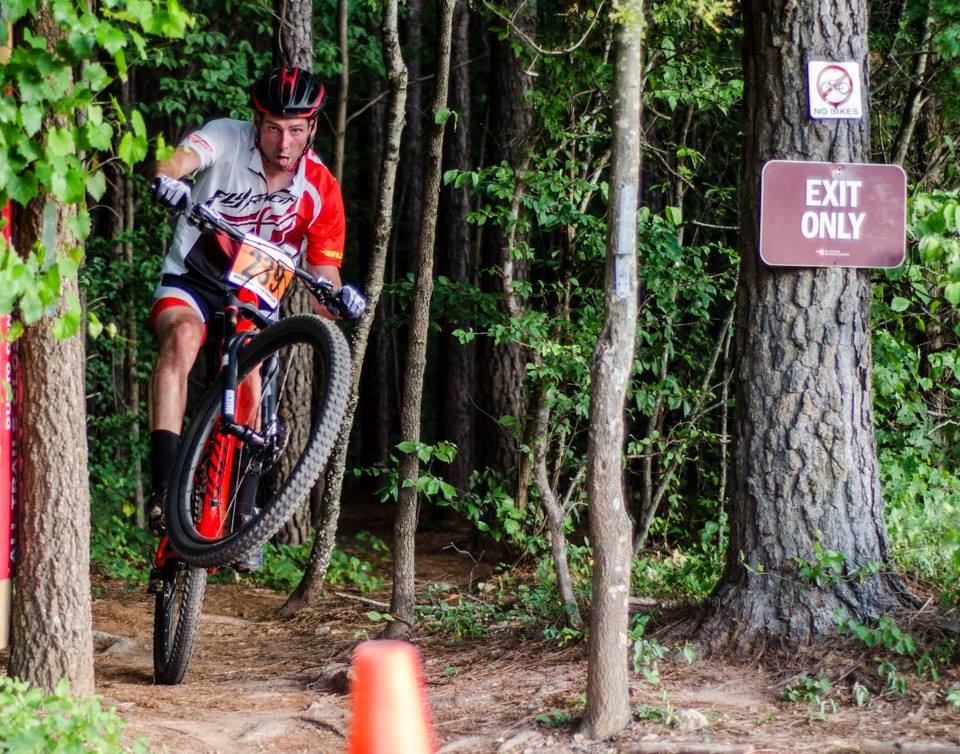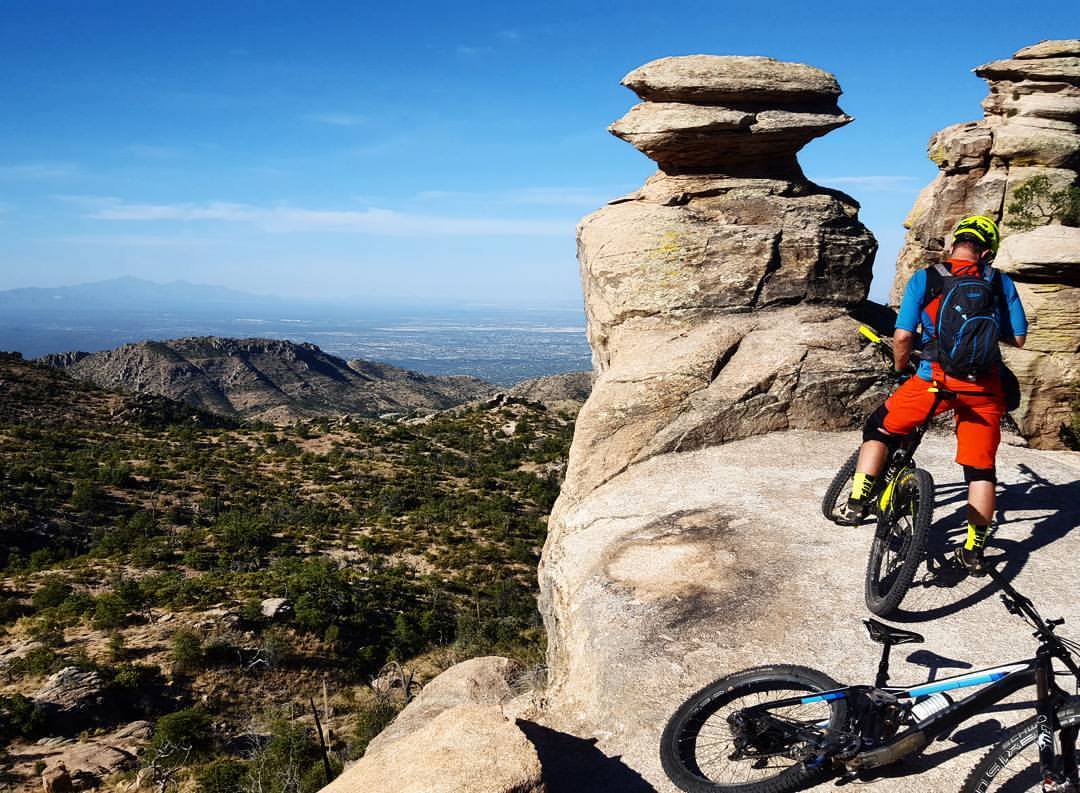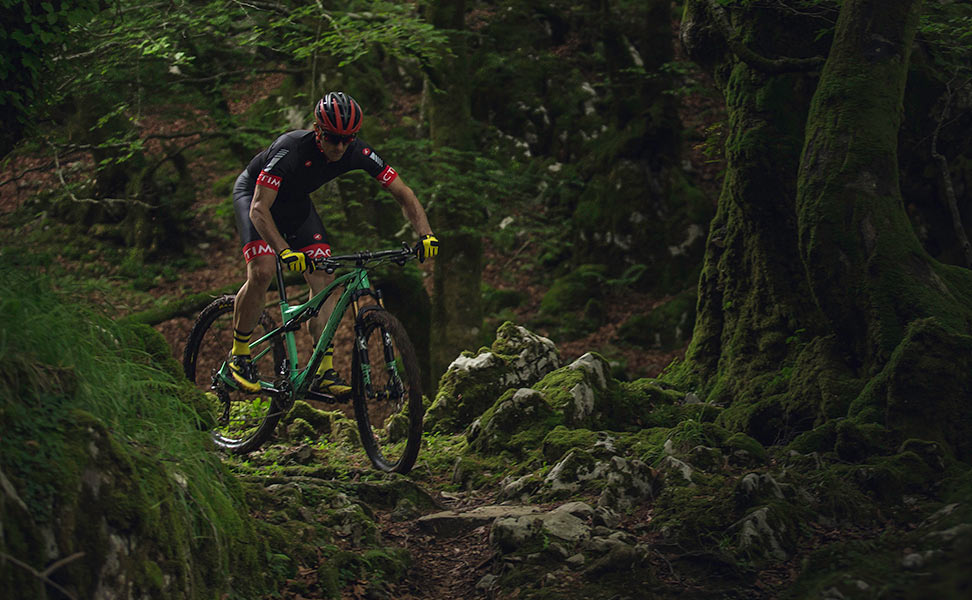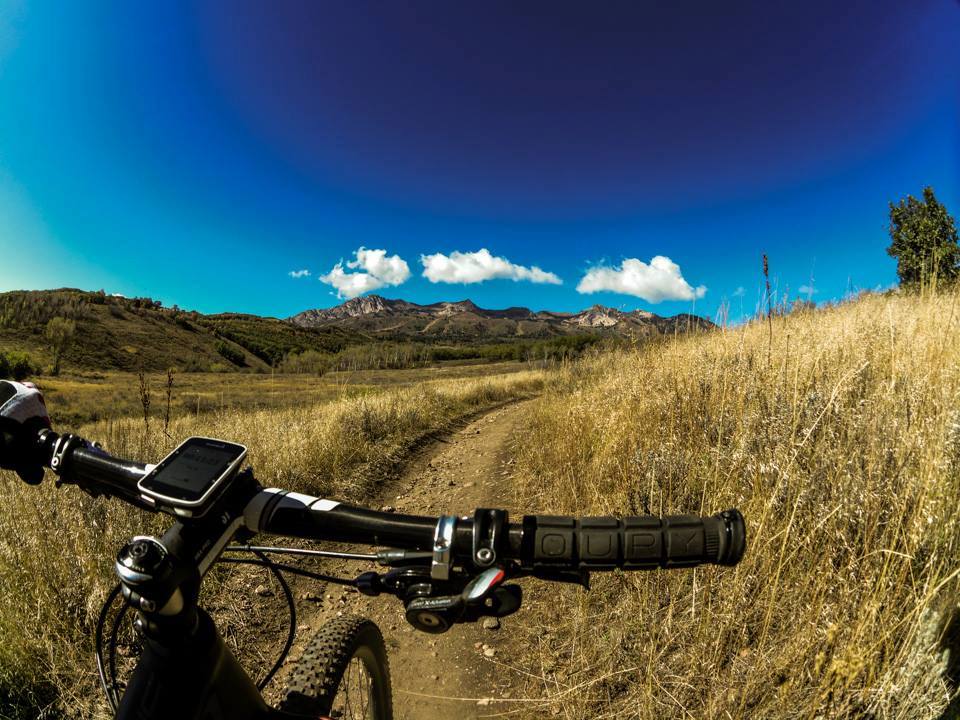Written by James Haycraft
I’ll start off on a personal level so we can relate nicely right from the get go…I have been cycling, mostly competitively, for 14 of my 32 years of life. Of those 14 years, only the past three or so have involved riding on stuff other than the pristine smoothness of concrete and asphalt. All of that is to say that when I first dipped my toe into mountain biking as an adult after a brief flirtation in college, I felt like a complete noob. All of the knowledge and experience I had built up to that point was essentially out the window. My road-going concerns like frame choice (aero or traditional), components (9 speed, 10 speed, 11 speed, 105/Ultegra/Dura Ace/Rival/Force/Red), wheels (aerodynamic or lightweight or…gasp!, both?!), cost (obviously a big deal), and many more were now concerns that no longer directly related. I needed to learn, so learn I did. Let me preface this series on mountain biking by saying that I have completely fallen in love with the dirt. I still ride on the roads quite a bit, but getting out on the trails feels most similar to when, as a kid (okay and maybe as a young adult), I headed out in the back yard or some woods to just…well, play. It’s plain fun getting off-road, once you get over the intimidation and newness factor. Trust me.
While many of us are at least basically familiar with the tenets of road biking and the equipment involved in that genre of two-wheeled sport, many of us are equally unfamiliar with the off-road world. So let’s dive in to some basics to get our worldview better situated around mountain bikes.
First & Foremost: The Frame
Let’s start at the most basic, the bicycle frame itself. Like road bikes, you can find mountain bike frames that are made up of different materials. Also like road bikes, these materials play a certain role in determining the ride characteristics and, perhaps more importantly, the cost of the bicycle. The two main frame materials found in modern “off the shelf” mountain bikes are carbon fiber and aluminum alloy. There are other materials, as with road bikes, but the bulk of what you’ll see in your local bike shop will be made of one of those materials.
Aluminum: Aluminum alloy is, generally speaking, a less expensive material with which to build a bicycle frame. It can actually be quite lightweight, so don’t always assume that a carbon fiber bike is lighter than an aluminum bike, and can also be quite stiff. That stiffness, however, is frequently considered relatively “harsh” stiffness. Aluminum does not have a lot of compliance as a material; there isn’t a whole lot of “give” to it. Bicycles with aluminum frames are, generally speaking, going to be less expensive than bicycles with carbon fiber frames.
Carbon: Carbon fiber is becoming more and more prevalent among even (relatively) low-cost mountain bikes. The “lay up” of carbon fiber bicycles plays a huge role in determining how the frame “feels” and how it performs. The “lay up” is basically how the company has deemed it best to place pieces of carbon fiber to change where and how the bike is stiff and/or compliant. At first, carbon seemed an unnecessary luxury to me when I got into mountain biking because I told myself that there are so many bumps and variations in surface that I wouldn’t even be able to tell the difference between frame types. I was completely wrong because the greater density of frame vibrations on the trails (think roots, rocks, drop offs, etc.) actually make a carbon frame “feel” significantly smoother than an aluminum one; even more so than on the road, in my opinion.
A Frame for Every Occasion
Now, let’s head into some more specifics by examining the different types of frames that you can find in the mountain bike world. The main categories that we will use for this discussion are: cross country, trail, all mountain, and downhill. You can find other categories of mountain bikes, but for most of the trail riding population…that terminology is sufficient.
Which bike “type” you choose really depends on your projected use. Some have the luxury of owning several different types and their choice for the day is determined by which trail they are going to ride.
Cross Country: Cross country bikes are typically meant for the fastest riding and/or the least rambunctious trails. They are designed to travel long distances at relatively high speeds and in some ways their geometry is reminiscent of a road bike. They are almost exclusively hard-tail, no rear suspension, or short-travel full suspension, less than 120mm of travel, generally. These bikes typically feature most of the “entry level” bikes, which are frequently hard-tailed, as it is less expensive to produce short-travel, hard-tail bicycles.
Trail: The next category, “trail” bikes, are generally always “fully suspended;” full suspension and dual suspension all mean the same thing. These bikes have a slightly “slacker” geometry (think more laid back than cross country bicycles), which makes them slightly less quick-handling, but also less responsive to non-rider input. This can be a good thing considering the number of rocks, roots, and so on that can surprise you on the trail. Generally trail bikes have 120-140mm of suspension travel and function mostly as your “do everything” bike. They can generally get on most types of trails and kind of be a jack of all trades.
All Mountain: “All mountain” bikes further the specs that trail bikes have, usually having suspension that is up to about 160mm of travel, even slacker geometry, and bigger brakes and other assorted features to accommodate the likely trail options those bikes will see. All mountain bikes are generally more refined at going downhill and can absorb big hits and drops to the suspension but still head uphill pretty darn good.
Downhill: Downhill bikes are really meant strictly for those that wish to point their bike downhill. They’re not really meant to be pedaled for anything for than a brief spurt and have HUGE suspension and brakes that are more reminiscent of motocross bikes than regular bicycles.
So choosing a type really depends entirely on what you see yourself doing. Most people, it would seem, get a cross country bike first. They discover that they really enjoy riding trails and realize that some of the most “epic” trails have bigger “features” than their skills, confidence, and bike can handle. So they then buy a new category bike with different features, and so forth and so on. Remember, the correct number of bikes to own is N+1, where N equals the number of bikes you currently own.
Exploring Suspension and Brakes
Features and specs to look out for really depend on personal preference and use case scenarios. The most important parts of a mountain bike are the suspension and brakes. You will love those two things for what they do more than you love most other features of your bike. Brand preference will play a large role in your choice, as with road bikes. SRAM vs. Shimano, RockShox (a SRAM company) vs. Fox, and so on. However, the standout performer is getting hydraulic disc brakes, as opposed to…well, as opposed to anything else. V-brakes or cantilever brakes or mechanical disc brakes are all big sacrificers of performance (stopping power and modulation) compared to current (even inexpensive) hydraulic disc brakes.
I might go so far to say as the brake decision is probably one to take as a high priority. Because buying nice, modern brakes will also mean that you have an accompanying bike that is also well-suited to your tasks.
But Which Wheel Size Will Suit Me?!
The last thing to consider that would be a major over-arching decision when it comes to buying a mountain bike is the wheel size. Anytime you see a 26” bike in the modern world, it is likely going to be a complete entry level hard-tail mountain bike. More often your decision will turn on the 27.5” vs. 29” debate. There are arguments and articles written ad nauseum about this decision, but in general, it comes down to preference. I would relate the wheel size choice more to bike size choice, as the pros and cons of each are so minor and personal that it likely won’t make much difference to you as a new rider, and wouldn’t to me as a somewhat experienced rider either. If you start getting into decisions about all mountain bikes with lots of travel and corresponding long wheelbases, having the 27.5” vs. 29” discussion is worth bringing up for sure, but until you reach that point…I would relate it more to bike size.
Bike Sizing
Speaking of bike size, the lingo is a bit confusing for those of us that are used to road going bicycles. Mountain bikes are either measured in inches (14” + 17.5” + 19”, etc.) or in sizes (S, M, L). There are, generally speaking, fewer sizes available per bike, but that is simply because there isn’t really as much a SET position on a mountain bike as compared to a road bike. While on the trail, we are constantly moving our body around, switching hand positions and grip positions, getting in and out of the saddle, and so on. This movement means our fits on these bikes are “looser,” so to speak. So with sizing it’s more important to feel comfortable with the bike underneath you. For example, at 5’11” I could ride a Medium or a Large on a cross country bike, but I prefer to ride a Medium, as it feels easier to manipulate and adjust underneath me as I ride along. So, standing over something and riding it around a bit is a better way to determine size than by simply looking a size chart.
But ultimately, in this modern day (vs. the old ages of 5-7 years ago) technology has gotten to a point where even “entry level” components and equipment are far, far better than advanced level equipment of those times. So priorities would be: decide on your budget, test ride interesting models if possible (many dealers will have demo days associated with certain bike brands throughout the year), select the type of bike based on intended use, and go shred!
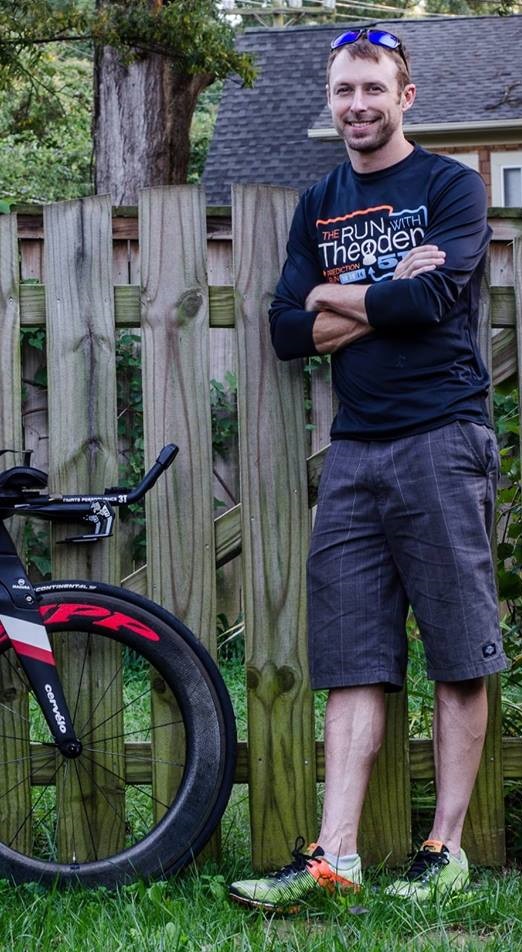 About the Author: James is a recent transplant to the southwest who has spent more money during his time in triathlon than he’d care to admit. An adult onset triathlete, he has had the privilege to race in the professional field before realizing that they are simply too good for him and is now back to the age group ranks, where he has discovered a love for all things off-road and has (temporarily, most likely) forsaken his road-going ways in favor of getting dirty.
About the Author: James is a recent transplant to the southwest who has spent more money during his time in triathlon than he’d care to admit. An adult onset triathlete, he has had the privilege to race in the professional field before realizing that they are simply too good for him and is now back to the age group ranks, where he has discovered a love for all things off-road and has (temporarily, most likely) forsaken his road-going ways in favor of getting dirty.

